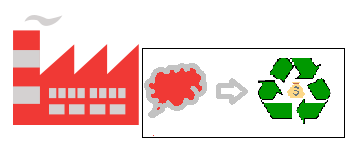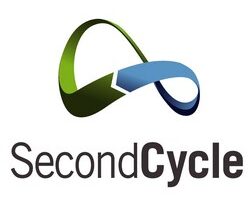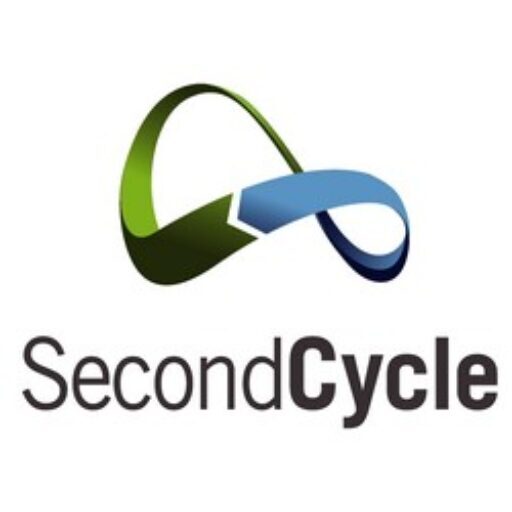« Industries are aware of raw materials battle is a competitiveness and market sustainability battle»
Nowadays, a crisis is a popular word in business in spites of its despicable meaning, something like human depression in modern society. Economic disruptions are more and more often on G7 countries and it is a sign that shows how fragile our economic system is. The largest nations of Eurozone and even the United-States have been victims of an economic system called “linear economy” that has been in place since industrial revolution and that is ineffective considering our new realities.

Instability atmosphere is breathed in the globe. This Air has been even blown up to manufacturer sector in Canada. Situation that may perturb companies’ leaders since it could represent the loss of international and local markets. A proof of competitive downturn is the fact that out of the four strongest industrial sectors which are paper, food, transport equipment and metal transformation, the only one poke its head out of water in terms of growth is food industry with a timid 1.9% from 2007 to 2012.
Present context requires new dynamics to deal with resources shortage. Could it be possible to make profits by strategies other than selling more products? The answer is positive. Industrial parks have tremendous advantage such as geographic proximity that allows a variety of tactical associations “pooling and sharing” that could represent economical savings. Just to mention some of them: material and resources exchanges, water and waste treatment, energy consumption etc.
Several industrial parks in China, Japan, Germany, Denmark and other countries took a step forward to transform them into Ecozones. For instance, TEDA’s park locate in Tianjin at north shore of Chine is attracting a number of international investors by a magnificence annually growth of 20-30% and it became the most important industrial hub in the country. As a matter of fact, TEDA believes that infinitive natural resources is a fairy tales and it is investing in new models that allow them to save 1 034 t of raw materials, 108t of fuel, 2 340 m3 of natural gas, 1191t of steam, 5 978 700 kWh and 244 200 m3 energy and water savings. Non-negligible savings bring 1 million euros in their pockets.
Circular economy is a multiple option model that makes it possible for a traditional park to become an eco-zone. Main objectives are to optimise resources use by internal or external way. TEDA is a typical example of internal approach. When it comes to external one, we talk about costumers’ loyalty strategies. The method for retaining costumers related to selling services instead of products for instance big players of divers industries are giving a try. Michelin sells kilometers driven rather than tires; Xerox copies no printers and Philips lighting hours no lamps.
Conversion towards circular economy that requires R&D investments but it is a profitable process in long-term. If you are looking for business perenniality I guess It will desirable to be protected of price volatility, disruption of supply due to shortage. In addition companies could assure costumers’ loyalty, reduction of dissipative energy loss, decarbonizing energy and indirectly operation costs could be reduce if the service mutualisation are in place
Circular economy is just an emerging concept in Canada. Slowly, industries became interested. An example, cement fabrication sector is extensibly involved with these new practices Lafarge, Holcim and Cements Quebec are using alternative carburant from waste to replace fossil energy that is costly and pollutant. Double gain : become more competitive by reducing operational costs and environmental aware by preventing air emission from fossil carburant.
Is your company considering a circular economy project?
Contact us toll free : 1 833-280-2828

